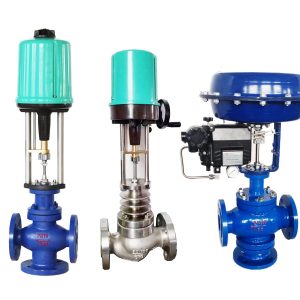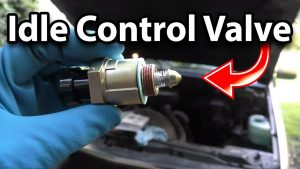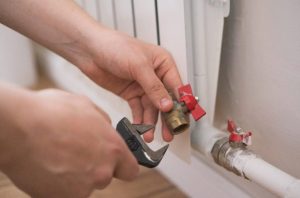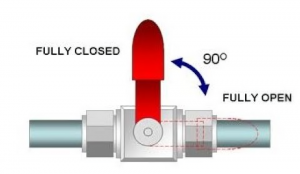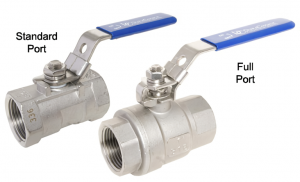Specific precautions for use of ball valve:
When the ball valve is closed, there is still pressure fluid inside the valve body. Before maintenance, relieve the pipeline pressure and keep the valve in the open position. Before maintenance, disconnect the power or air supply. Before maintenance, separate the actuator from the bracket. It is necessary to confirm that the pressure of the upstream and downstream pipes of the ball valve has been removed before disassembling. During disassembly and reassembly, it should be careful to prevent damage to the sealing surface of parts, especially non-metallic parts. Special tools should be used when taking out the O-ring. During assembly, the bolts on the flange must be tightened symmetrically, step by step and evenly. The cleaning agent should be compatible with the rubber parts, plastic parts, metal parts and working medium (such as gas) in the ball valve.
When the working medium is gas, the metal parts can be cleaned with gasoline (GB484-89). Clean non-metallic parts with pure water or alcohol. The disassembled individual parts can be washed by immersion. For the metal parts that have not been decomposed, clean and fine silk cloth impregnated with cleaning agent (to avoid fiber that is falling off adhering to the parts) can be used for scrubbing. During cleaning, all grease, dirt, glue and dust adhering to the wall shall be removed. The non-metallic parts shall be taken out of the cleaning agent immediately after cleaning and shall not be soaked for a long time. After cleaning, it needs to be assembled after the cleaning agent on the washed wall evaporates (it can be wiped by the silk cloth without cleaning agent), but it can not be used for a long time, otherwise it will rust and be polluted by dust. New parts need to be cleaned before assembly. Lubricating grease can be used for lubrication.
The grease shall be compatible with metal materials, rubber parts, plastic parts and working media of ball valve. When the working medium is gas, the grease such as Special 221 grease can be used. Apply a thin layer of grease on the surface of the seal installation groove, apply a thin layer of grease on the rubber seal, and apply a thin layer of grease on the sealing surface and friction surface of the valve rod. During assembly, metal chips, fibers, grease (except those specified) dust and other impurities, foreign matters and other pollutants shall not be allowed to adhere to the surface of parts or enter the inner cavity.






